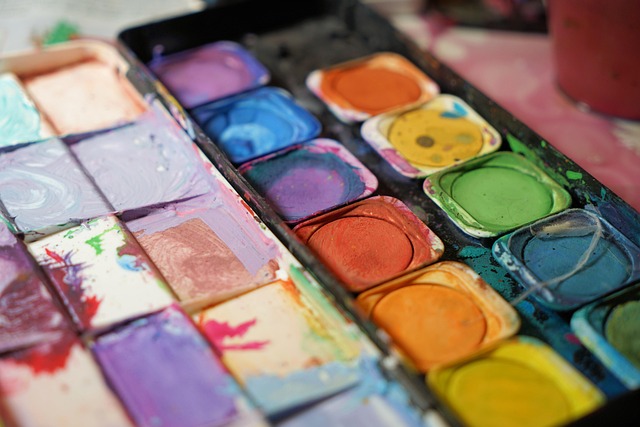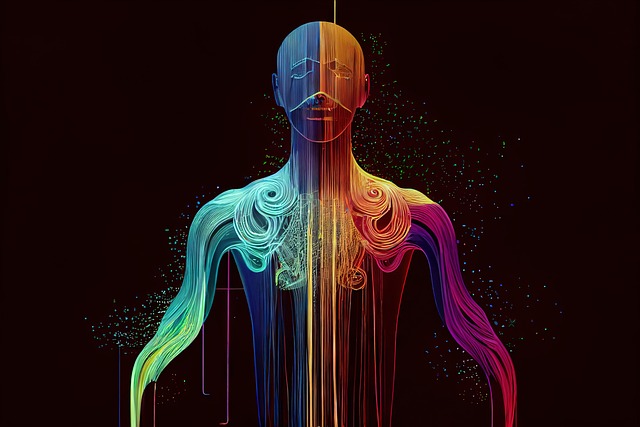Mastering the Art of Cropping: Elevating Your Design Skills
In the realm of graphic design, cropping is not merely a technical skill; it is an art form that can breathe life into your creations. Whether you’re a seasoned designer or just starting your journey, understanding the nuances of cropping is essential for crafting visually striking compositions. By mastering this skill, you elevate not just your designs, but also how they resonate with your audience.
The Power of Cropping
At its core, cropping is about focusing attention and telling a story. It allows you to remove the unnecessary, isolate key elements, and create a sense of balance. Each crop can alter the narrative of your design, emphasizing what truly matters while discarding distractions. Imagine a photograph of a bustling street; by cropping tightly around a solitary figure, the image transforms from a chaotic scene to a poignant moment of introspection. This is the transformative power of cropping.
Artistic Intent
In art, every choice contributes to the overall message. Cropping should be approached with an equivalent level of intent. What are you trying to convey through your design? Are you evoking a feeling of isolation or community? The answer lies in how you frame your subject. A thoughtful crop can enhance emotion, guiding the viewer’s eye to the most significant elements. Embrace the challenge of experimenting with different perspectives and see how each alteration shifts the emotional tone.
Incorporating Cropping into Design
Cropping plays a vital role in various forms of design, from advertisements to social media graphics. The first step is to select the right image or element to work with. Once chosen, consider the composition. Does the subject matter benefit from a tighter crop? Are there elements that distract from the primary focus? Use grids and rules of thirds to guide your hand, but don’t hesitate to break away from conventions if it serves your artistic vision better.
Textures and negative space are equally important in the cropping process. By allowing some areas of your design to breathe, you can enhance the overall aesthetic. Use cropping to create dynamic tension, forging a connection between elements within your design. The goal is to ignite curiosity; leaving some space undefined can often encourage the viewer’s imagination to fill in the gaps.
The Technical Side of Cropping
While the artistic aspect of cropping is crucial, there’s also a technical element that can’t be overlooked. Familiarize yourself with software tools that offer precision cropping capabilities, such as Adobe Photoshop or Illustrator. Learning features like aspect ratios, masking, and content-aware cropping can streamline your workflow and elevate your designs with professional polish.
Moreover, keep resolution in mind. A well-cropped image that loses clarity can undermine the entire design. Always consider the final output requirements to ensure that quality remains intact throughout the cropping process.
Practice Makes Perfect
The journey to mastering cropping is continuous. Regularly set aside time to practice this skill. Take existing designs and experiment with different cropping techniques. Analyze how successful designers approach cropping in their work, and reflect on the emotional response you feel. The more you engage with this art form, the more intuitive it will become.
As you delve deeper into the world of cropping, remember that this skill is a gateway to a more profound understanding of design itself. Each crop is a step toward developing your unique style and voice. Embrace the possibilities that cropping offers, and watch as your design skills soar to new heights!




